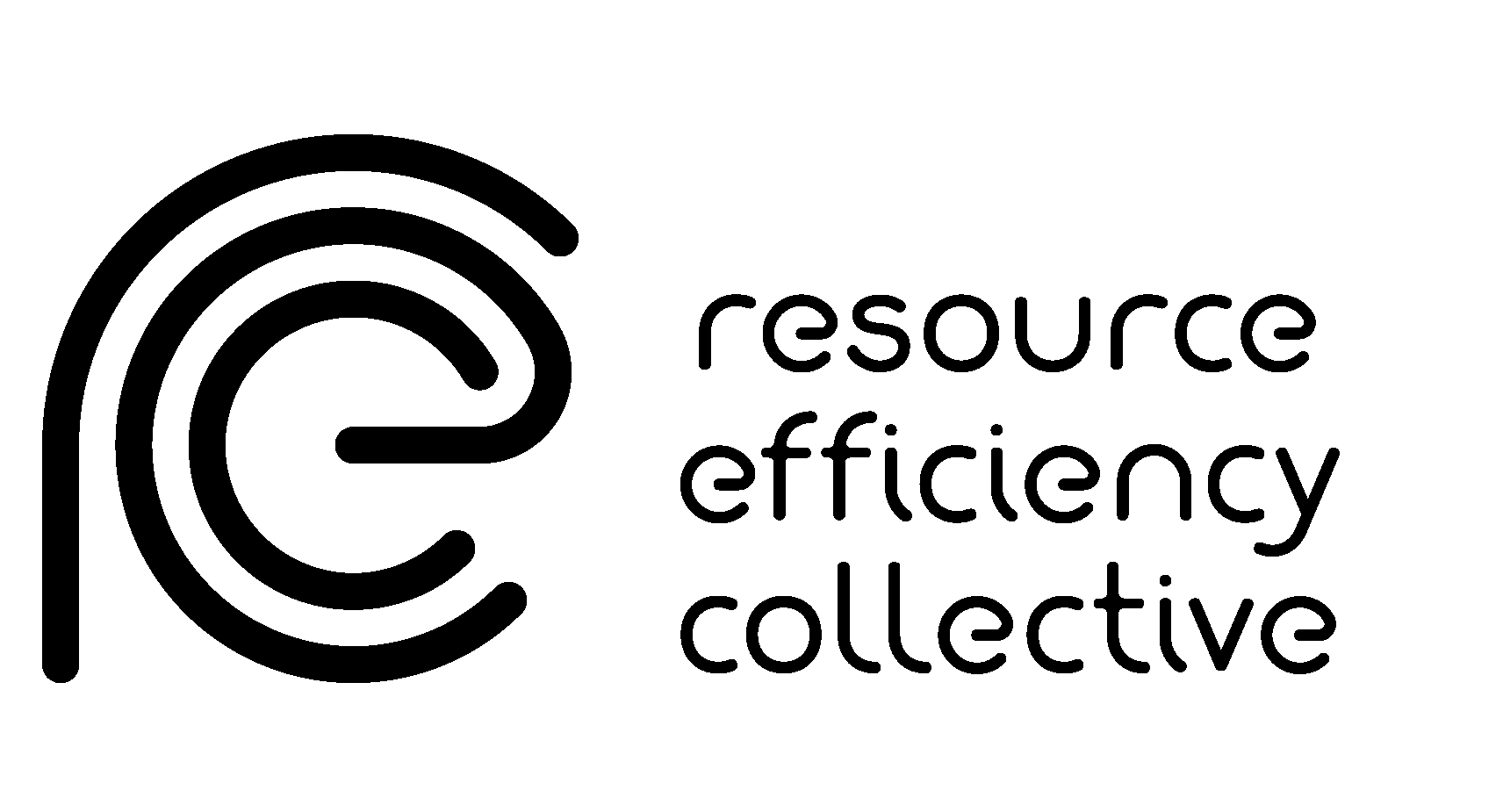Mapping material use and embodied carbon in UK construction
The latest available high-level top-down analysis shows that the embodied carbon of UK construction in 2018 was 43 MtCO2e, of which 80% came from materials and on-site activities.
In this paper, for the first time, we combine a detailed bottom-up model of representative residential and non-residential buildings with top-down infrastructure and other material consumption data to quantify the material use and embodied carbon in UK construction.
We found that almost 100 Mt of materials were used with an embodied carbon of 25 Mt CO2e. Half of these emissions were from concrete. We found that existing top-down approaches underestimate emissions by up to 20%.
We have developed a benchmark for UK building typologies and explored interventions to achieve the UK’s carbon reduction goals. We found that converting non-residential buildings for housing can bring 34% embodied carbon savings of the construction total, 30% by avoiding demolition, 20% by switching to the most material and carbon efficient technology options and by 10% if all new houses were multi-storey buildings.
We have shown that the bottom-up approach allows us to identify areas with a high potential for decarbonisation. Due to the flexibility of the model, it can be successfully used in other countries and regions.
Read the paper from Michał P. Drewniok, José Manuel Cruz Azevedo, Cyrille F. Dunant, Julian M. Allwood, Jonathan M. Cullen, Tim Ibell, Will Hawkins in full here.
Image credit: James Sullivan













